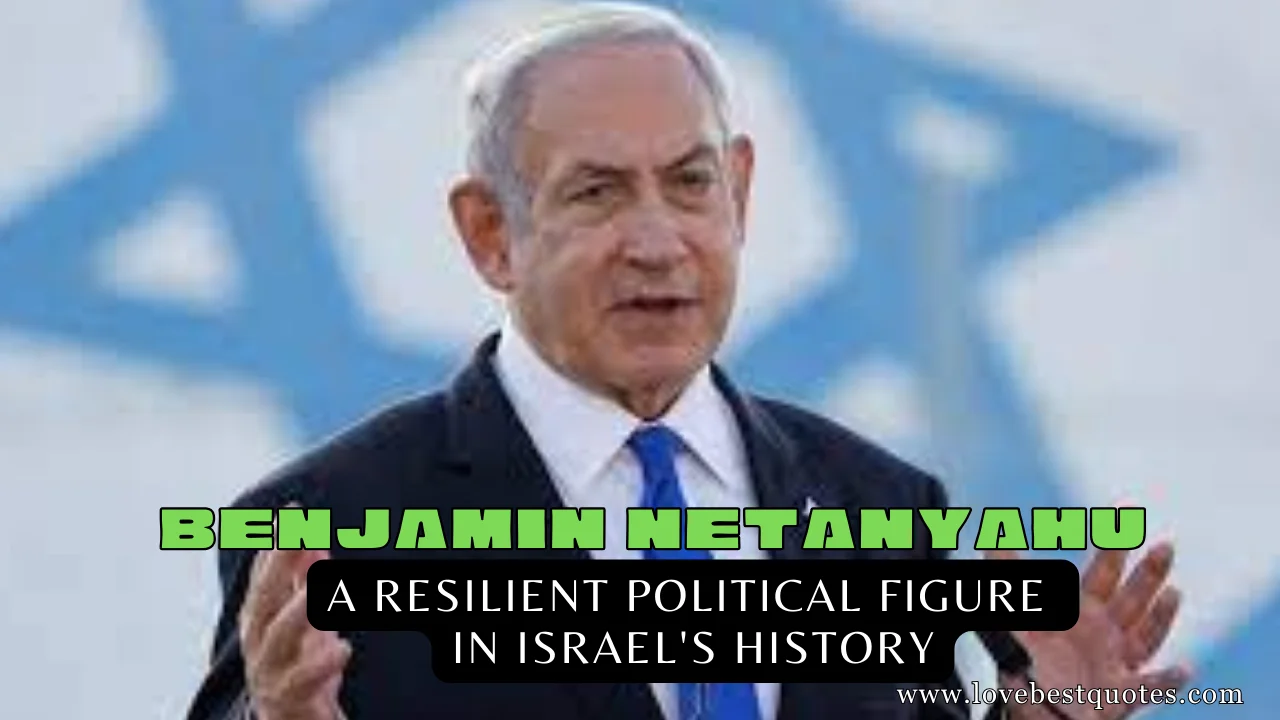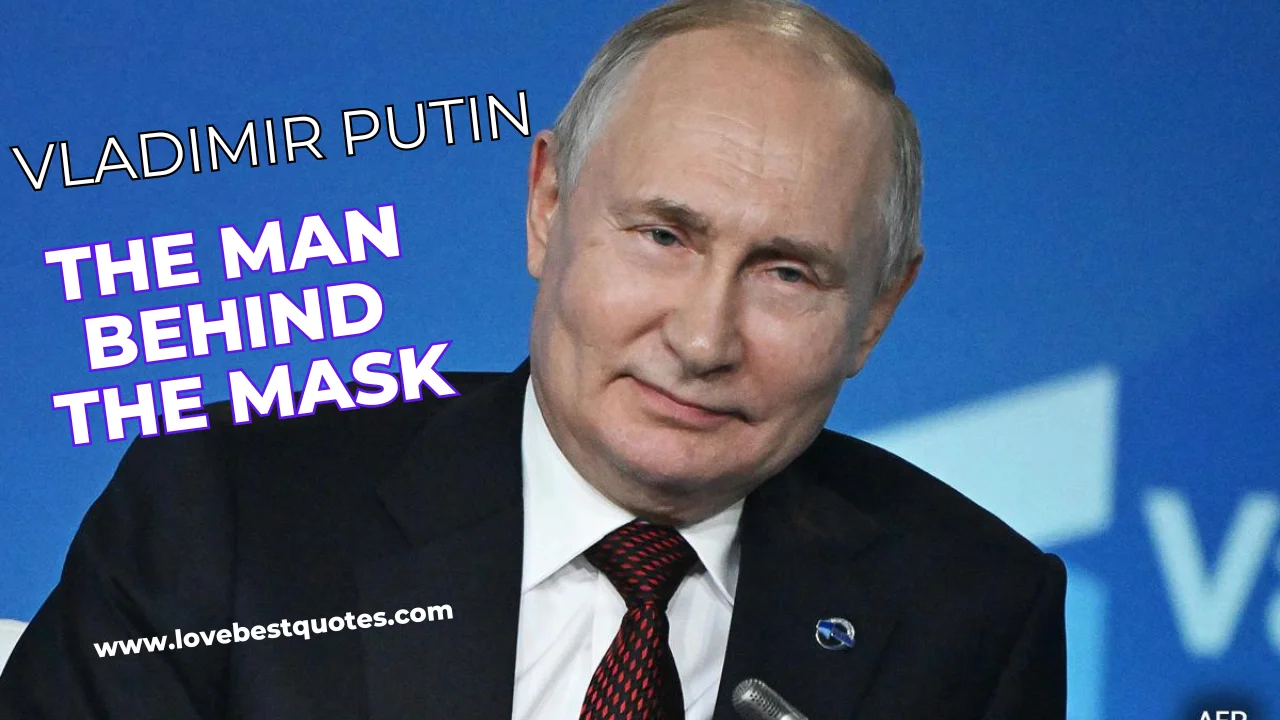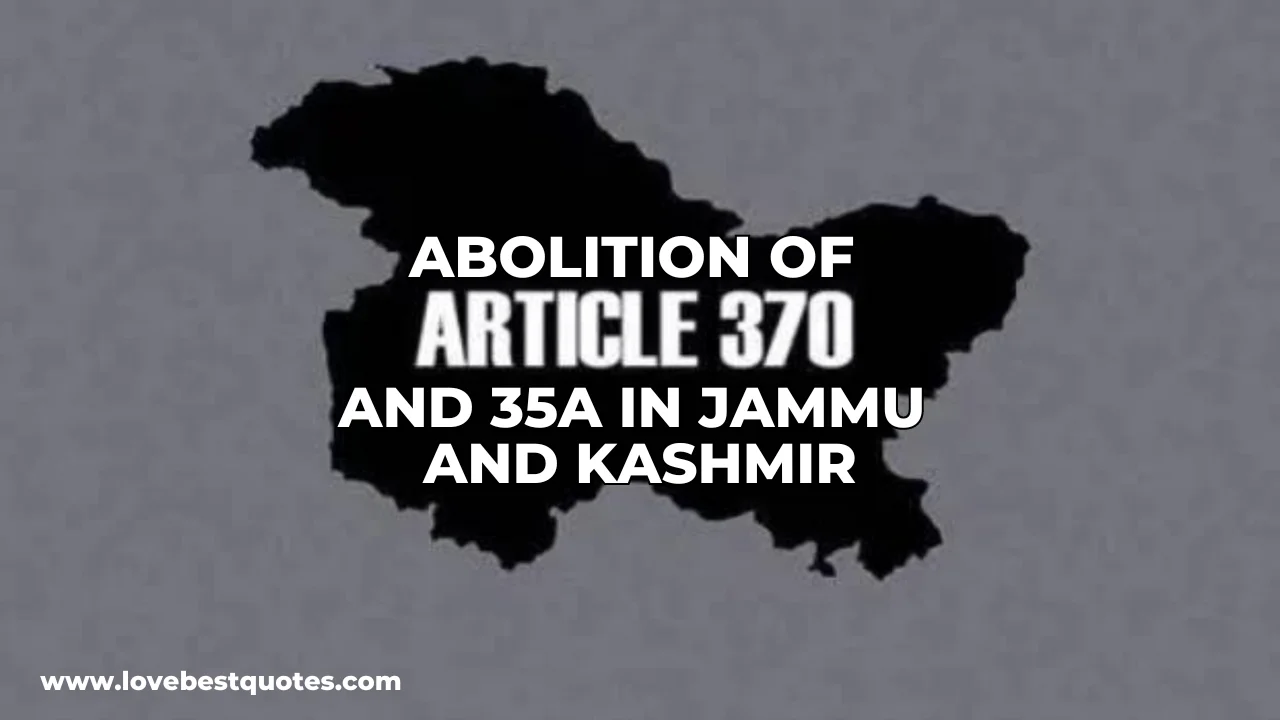Lovebestquotes
Welcome to LoveBestQuotes.com, your gateway to an inspiring journey through the lives and achievements of writers, poets, saints, leaders, and celebrities. Dive into the intricacies of relationships, explore the rich tapestry of diverse religions, and immerse yourself in the vibrancy of festivals that celebrate the human spirit. Join us as we traverse the realms of wisdom, creativity, love, and culture, where every word is a piece of a greater narrative, waiting to touch your heart and ignite your imagination.

Our blog is where the essence of love, literature, and life comes alive and is your portal to inspiration and discovery. In the Author’s Corner, explore the captivating life stories of renowned writers and poets. Immerse yourself in their contributions to the literary world and be inspired by their timeless words. Step into the world of celebrities in our Celebrity Spotlight section. Get an exclusive peek into their lives, net worth, and remarkable achievements across various industries. Our journey of Faith and Spirituality delves into the diverse tapestry of religions, their histories, and the significance of cultural festivals. Discover Featured Insights, a treasure trove of captivating topics and profiles, that shine a light on lesser-known individuals who’ve made a lasting impact. In the Leadership Legends section, delve into the lives and legacies of past and present leaders, from historical figures to contemporary political icons. Finally, navigate the intricate world of Love and Relationships. Explore the profound emotions that define human connections, from love and longing to the nuanced intricacies of relationships.
LATEST POSTS


















